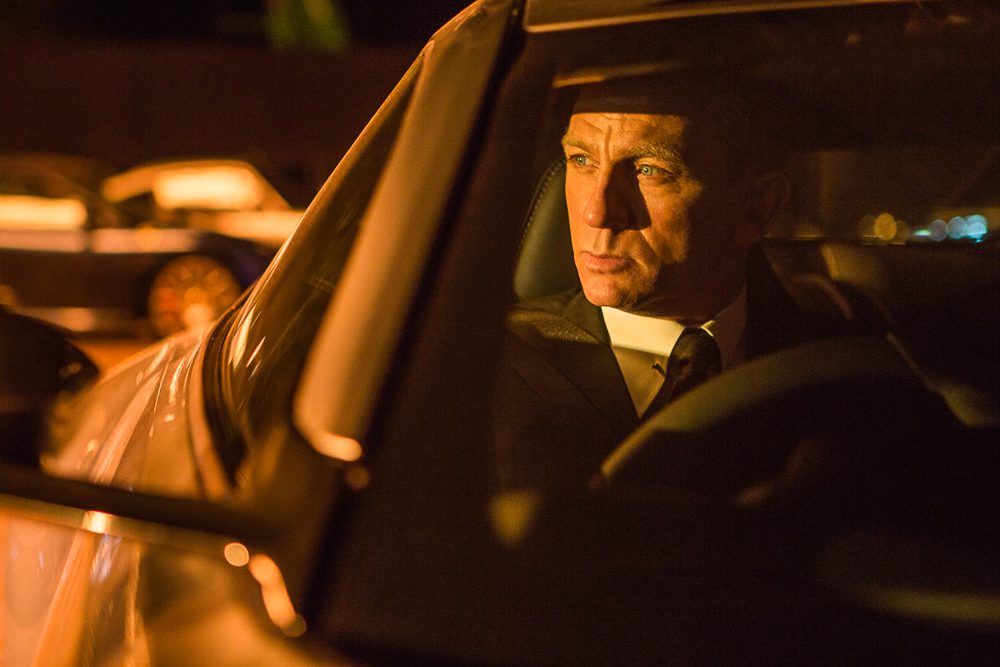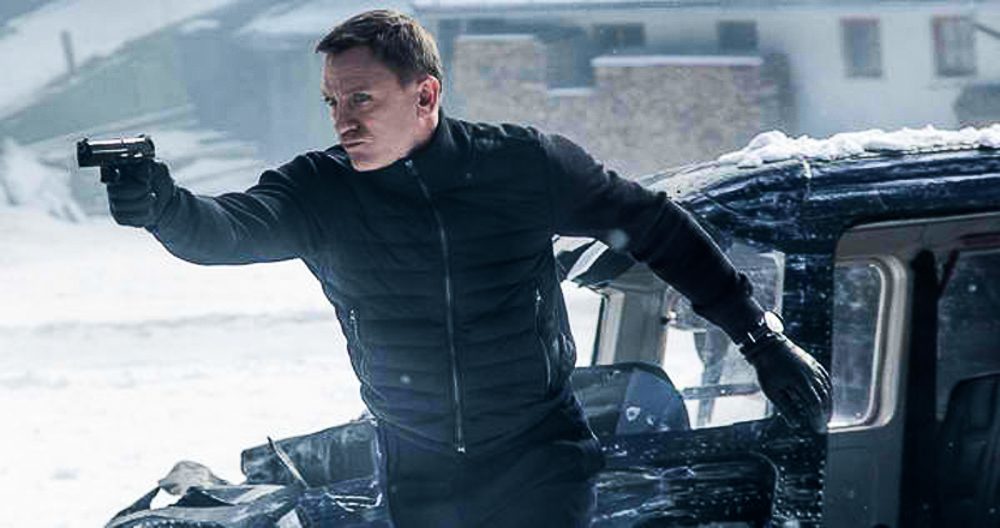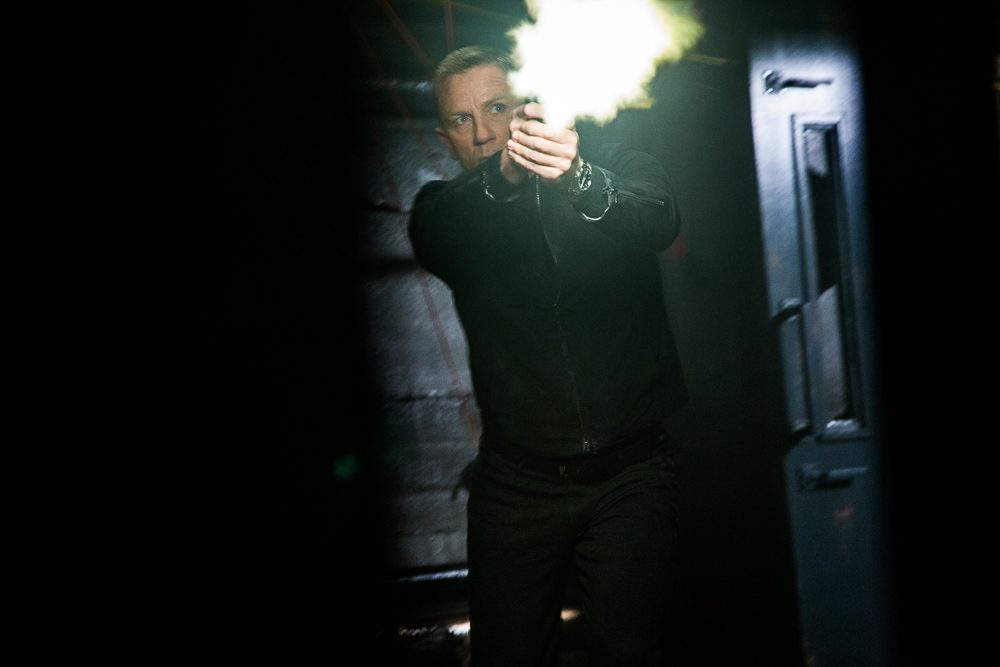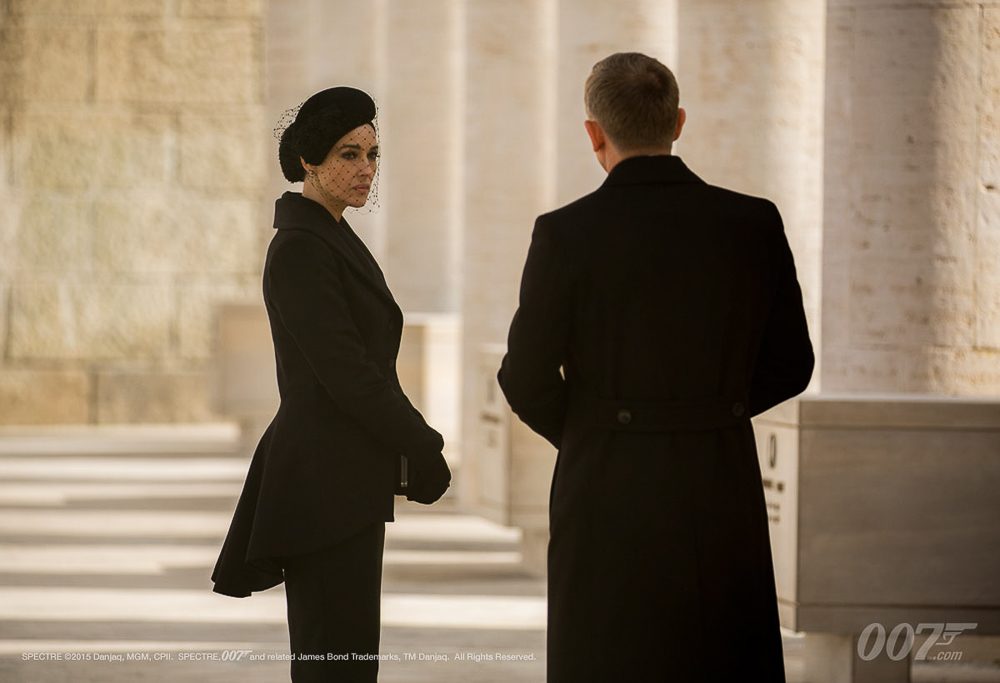SUMMARY
This is AI generated summarization, which may have errors. For context, always refer to the full article.

Note: There are a few spoilers below.

Sam Mendes’ Spectre opens with a single take sequence that is to die for.
The camera starts with an overview of a crowded Mexico City street where people in various masks and costumes are celebrating Dia de Muertos. As soon as a suspect man in white appears on screen, the camera slowly wafts across the crowd to follow him.
The camera shifts its attention to a debonair couple, who walks inside a building, up an elevator, and inside a private room, where the female reveals her thirst for some bedroom action. (WATCH: First full trailer for new ‘James Bond’ film ‘Spectre)

The camera quickly turns to show the man the female’s with. He’s James Bond, the tuxedoed brute as reimagined by Daniel Craig since Marc Foster’s Quantum of Solace (2008), and he isn’t in the room for sex, but for a kill.
He goes out through the window where he ends up in a place just outside the building where he has full view of his target, the man in white from the single take sequence’s beginning. The sequence ends there, and so does any pursuit at sophistication.
After Skyfall
As it turns out, Bond’s on his own after the turn of events in Skyfall (2012). He is in Mexico City to trace the dots that will lead him towards the identity of the titular secret organization that is headed by a certain Oberhauser (Christoph Waltz) who is masterminding a worldwide takeover through unregulated surveillance.
Spectre unsurprisingly follows Bond as he jumps from one country to another, killing villains mercilessly, seducing women guiltlessly, and uncovering plots seamlessly.

The film features everything and anything that has been featured in previous Bond installments, only this time, there is an obvious attempt to outdo the past in terms of scope and stakes. It is all good. Spectre is worth it if only for the spectacles of high class mayhem that the franchise is known for.
Its unapologetic display of luxury goods, from fancy watches to multi-million dollar vehicles, being abused to satisfy the exquisite demands of high-stakes spycraft is reflective of what has made all the Bond films remarkable.
It is a handsome film, photographed by Hoyte van Hoytema with polished hues that add a ripe feel to its country-hopping perils.
In fact, if Spectre was not the tired stretch of a capricious property that has gone from various generations to reveal a character of questionable core because of its countless transformations and reimaginings, it would have been a masterful example of a genre piece whose unapologetic embrace of its unwieldy excesses is too admirable to be faulted.
Sadly, in the midst of all the Bond films that Mendes’ second Bond filmhas come to both ape and ache for, Spectre is more than a little bit drained of creativity, relying mostly on technique to mask its grandiose deficiencies.
Back to basics

After giving Bond a bid at contemporary pessimism with Craig’s defining turn as the famous secret agent whose beastly charm conforms to his brooding image, Spectre suddenly decides to go back to the roots of the franchise. The film clumsily ties the 3 previous films’ gritty escapades in this current adventure that has Bond succumbing to genre-specific tropes whose culmination can be smelled from a mile away.
Mendes attempts to still ground the narrative with the somber mood that still reverberates from the gloomy outcome of Skyfall (2012). However, Spectre’s twists cannot seem to coexist with this current brand of Bond. The romance that echoes throughout the plot is incompatible with Craig’s impenetrable stance as a near-humorless hitman who is far too tortured to be mouthing witty one-liners.
Simply put, the film has an awkward tone which is far too distracting to be simply brushed off. It is a Bond film through and through, complete with a wide array of villains with motivations as short-sighted as their plans for world domination, but Mendes cannot seem to accept the corny contours of a true Bond film.
Spectre is burdened by the weight of all the previous films’ more-or-less successful attempts at graduating the franchise for today’s more world-weary audience.
Farewell to arms
By the time Spectre ends, the exhilaration provided by its promising opening has dissipated. What’s left are but traces of the inexplicable love story, half-baked villainy, and compromises in storytelling that has turned the film into a failure of keeping a franchise fresh after too many reiterations and parodies. It remains to be entertaining for what it is – a medley of expensive stunts strung together by a storyline that has no desire to be convincing.

Inevitably, after all the struggles to have Bond retain all the merits of the stereotype that took decades to build, Craig’s Bond bids his farewell not as a fully formed individual but as a confused character.
That character is one who withdraws from an addictive, even if dangerous, lifestyle to absolute normalcy because of a love for a woman (Lea Seydoux) that is as flat as the rest of the film’s many fantasies is wild.
The sins of Craig’s Bond’s faux realism have reared their ugly heads. His run, if it is indeed true that Spectre is the last of his Bond films, ends on a disappointingly false note. – Rappler.com
 Francis Joseph Cruz litigates for a living and writes about cinema for fun. Thefirst Filipino movie he saw in the theaters was Carlo J. Caparas’ ‘Tirad Pass.’ Since then, he’s been on a mission to find better memories with Philippine cinema. Profile photo by Fatcat Studios
Francis Joseph Cruz litigates for a living and writes about cinema for fun. Thefirst Filipino movie he saw in the theaters was Carlo J. Caparas’ ‘Tirad Pass.’ Since then, he’s been on a mission to find better memories with Philippine cinema. Profile photo by Fatcat Studios
More James Bond stories
- WATCH: 8-year-old James Bond expert meets ‘James Bond,’ Daniel Craig
- New Sam Smith song ‘Writing’s On The Wall’ for ‘Spectre’ released
- WATCH: First full trailer for new ‘James Bond’ film ‘Spectre
- WATCH: James Bond in first ‘Spectre’ trailer
- Author fans controversy as James Bond returns in book form
- Title, casting details revealed for newest ‘James Bond’ film
Add a comment
How does this make you feel?
There are no comments yet. Add your comment to start the conversation.